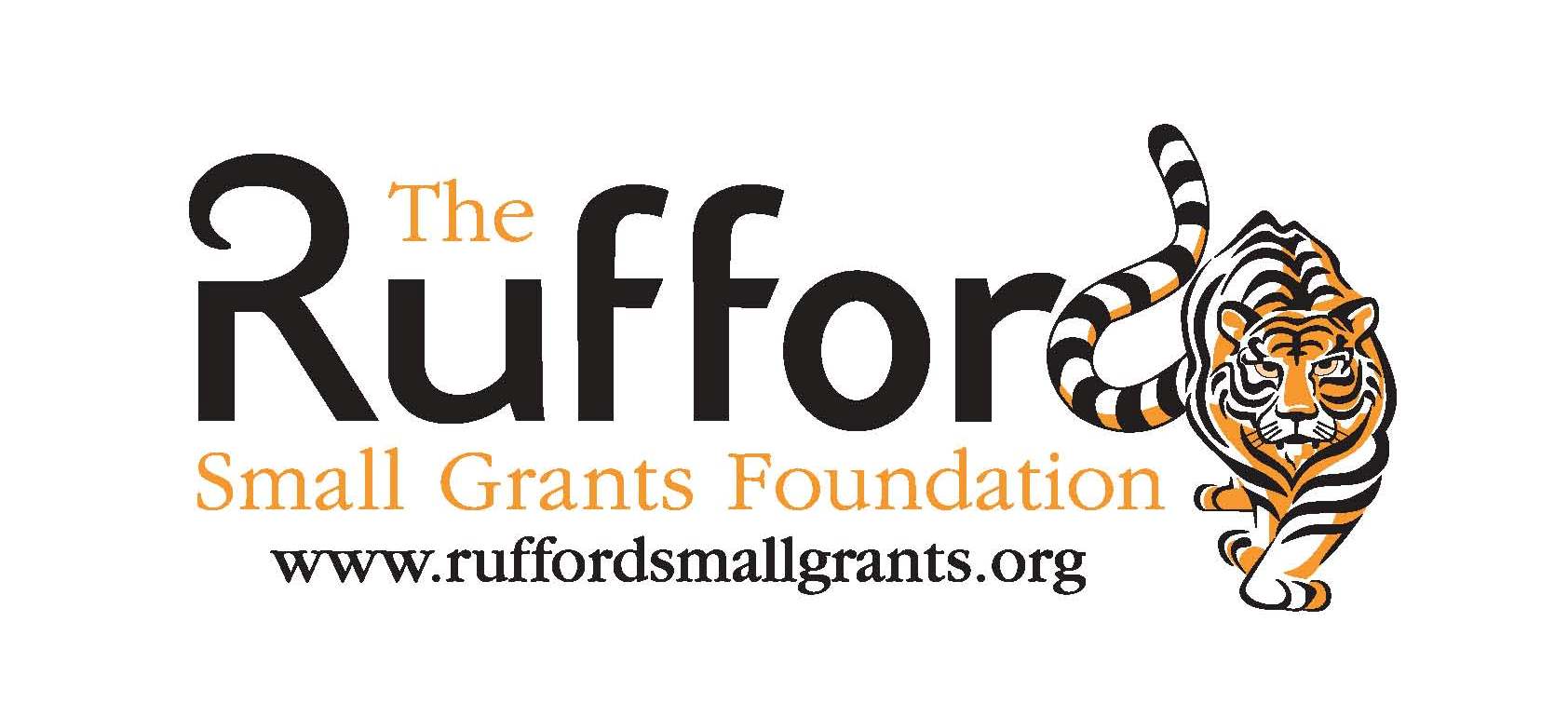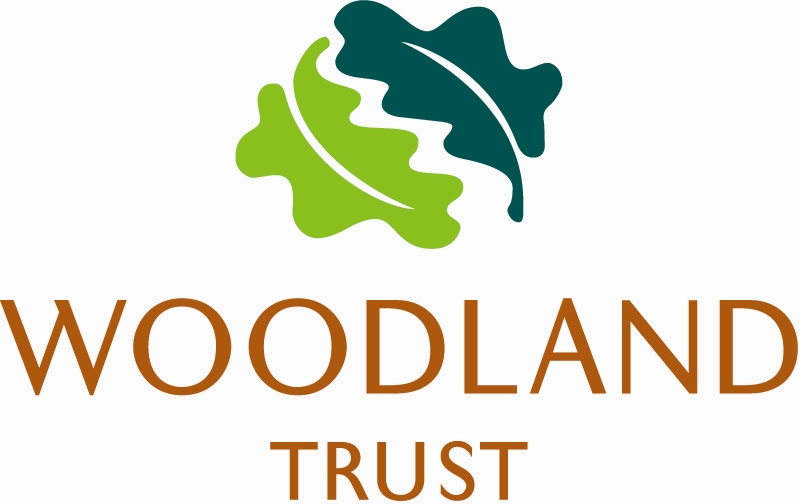Introduction
We have many fantastic Evidence Champions. If you need more information on what an Evidence Champion is and how to become one, visit the Become an Evidence Champion page.

Bat Conservation International
BCI’s mission is to conserve the world’s bats and their ecosystems to ensure a healthy planet. Bats are vital to our world’s ecosystems and economy, but hundreds of species are under threat. BCI works worldwide to conserve caves, restore critical habitats in danger, and ensure the survival of bats. Founded in 1982, BCI has grown into a globally recognized conservation organization dedicated to ending bat extinctions. As a science-based and results-focused organization, BCI’s strategic plan outlines high impact conservation efforts focused on four core missions to execute our work: (1) Implement endangered species interventions, (2) Protect and restore landscapes, (3) Conduct high-priority research and develop scalable solutions, and (4) Inspire through experience.
Visit www.batcon.org

Endangered Landscapes & Seascapes Programme
The Endangered Landscapes & Seascapes Programme is working to deliver a vision for the future in which European landscapes are enriched with biodiversity, establishing resilient, more self-sustaining ecosystems that benefit both nature and people. The ELSP aims to achieve this by:
- Funding the implementation of a suite of large-scale restoration initiatives that will bring back nature and be sources of inspiration.
- Supporting participatory planning and development of innovative landscape restoration initiatives.
- Creating the conditions for wider restoration through capacity building, sharing best practice and lessons learned from its funded projects, and demonstrating the environmental, social and economic benefits of landscape restoration.

Mossy Earth
Mossy Earth is a social enterprise dedicated to protecting and restoring biodiversity and ecosystem processes through targeted field interventions. It works with a wide range of partners to identify, plan and implement interventions that will achieve these objectives. Mossy Earth seeks to implement interventions that provide the best return on investment both in the local sense (most effective way to restore a species, habitat or natural process) and in the global sense (focusing on the type of intervention and ecosystem more likely to yield widely positive outcomes). The work is funded by individual members and businesses that provide recurring financial support. By creating engaging content about these interventions and sharing it through social media, Mossy Earth also aims to make its operations more transparent and appealing to a wider audience. In line with these objectives, Mossy Earth is interested in improving its approach to using and generating conservation evidence and to reporting intervention costs.
Visit www.mossy.org

National Trust
Established in 1895, the National Trust is Europe’s largest conservation charity and one of Britain’s biggest landowners, caring for over 780 miles of coastline and 250,000 hectares of land, 126,000 hectares of which are within a National Park and 103,100 hectares of which are an A/SSSI. We work to restore nature, for the public benefit this delivers, with existing targets to deliver bigger, better and more joined up landscape, to establish a healthier, more beautiful natural environment. We continue to deepen our knowledge through our research, ensuring that we have the evidence we need to inform decision making and deliver internationally-renowned conservation work and fulfil our core purpose; to help people understand more about, and be inspired by, the properties, land and collections in our care, so that they can be enjoyed for ever, for everyone.
Visit www.nationaltrust.org.uk

People's Trust for Endangered Species
People’s Trust for Endangered Species has been improving the outlook of endangered species in Britain and throughout the world for over 40 years. They invest in research and test the best ways to protect endangered species in their natural habitats. Then they put what works into action, creating vibrant wildlife havens. They fund work on UK mammals, species worldwide and internship projects.
Visit www.ptes.org

The Rufford Foundation
The Rufford Foudation funds nature conservation projects across the developing world. To date the Foundation has awarded grants to over 5200 projects in 153 countries. It encourages projects on the conservation of neglected or less well known species, habitat protection at a wider scale, and local community involvement. Through its conference programme, the Foundation encourages the sharing of knowledge and best practice throughout the conservation world.
Visit www.rufford.org

Whitley Fund for Nature
The Whitley Fund for Nature (WFN) is a UK registered charity offering Whitley Awards and ongoing support to outstanding nature conservationists around the developing world. They work to find and fund the most effective grassroots conservation leaders in developing countries; to support the scale-up of projects with a track record of success, founded on scientific evidence and community involvement; to fund practical work that will have a long-lasting impact on the ground; to provide a platform for winners to boost their national and international profile; and to work with winners to improve awareness of the serious problems facing biodiversity worldwide and address them through effective and inspiring solutions.
Visit www.whitleyaward.org

Woodland Trust
The Woodland Trust is the UK’s largest charity dedicated to the conservation of woodland in the UK. We own over 1,000 sites across the UK, covering around 28,000 hectares and we have 500,000 members and supporters. Our conservation activities focus on the protection, creation, restoration and management of native woodlands and trees in the context of the wider landscape – both rural and urban. We are seeking to achieve a network of woods and trees that are bigger, better, more joined up and great in number than before. Delivering landscape-scale conservation requires a collaborative approach, working with partner organisations, landowners and communities to develop diverse, wildlife-rich and resilient landscapes that engage and benefit people. The Woodland Trust research programme funds and supports research to underpin our approach to conservation. We target our involvement in research activities to ensure that our objectives for woods and trees are informed by the best available evidence.
Visit www.woodlandtrust.org.uk





)_2023.JPG)












